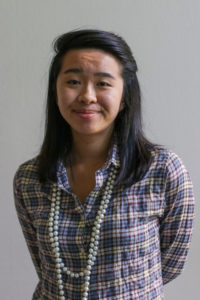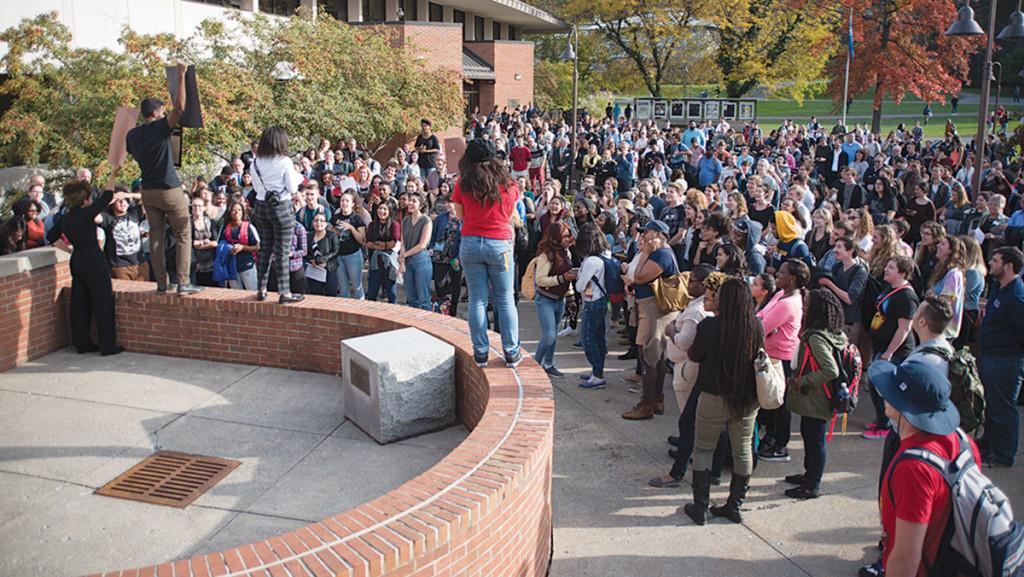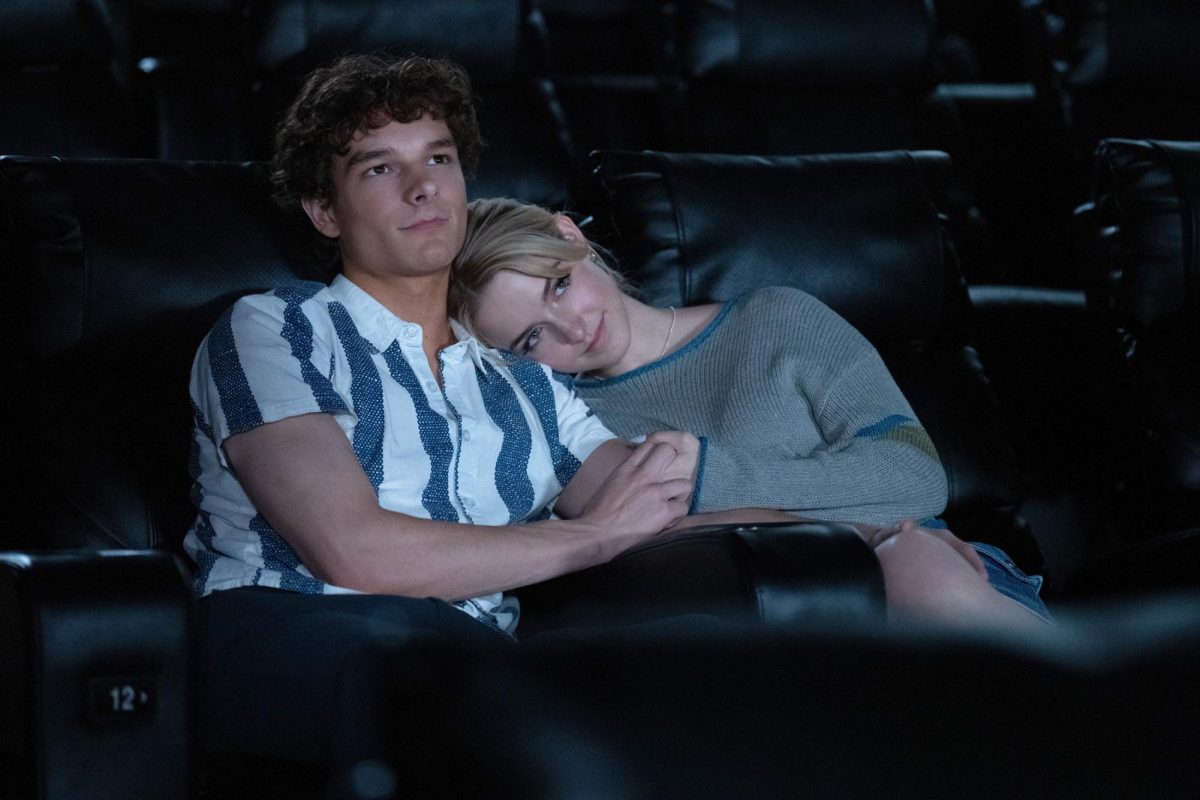After the protests that occurred on campus throughout the Fall 2015 semester, Michele Hau, a junior at Ithaca College, decided to find a way to connect her research interests with the campus climate. As a participant in the summer scholars program, Hau spent this summer researching how rhetoric and linguistics affect racism. With guidance from her faculty mentor, Robert Sullivan, associate professor of communication studies, Hau analyzed documents from colleges in the United States as evidence for her argument, which connects political theory to the reality of discussing racism on campus.
Assistant Life and Culture Editor Kate Nalepinski spoke with Hau to discuss her research paper, the importance of dialogue, and racial hardships on campus last fall.
Kate Nalepinski: What is this theory of an “essentially contested concept”?

Michele Hau: The “essentially contested concept” is a theory by a philosopher named W. B. Gallie in the 1950s. Basically, he was trying to identify a problem in political philosophy about linguistics and how they’re used. … For example, you get a group of people together, and they’re arguing about a specific topic. Although they’re arguing about it, they never reach a resolution. And that’s because different definitions of the same concept aren’t being elucidated. … So my project had to do with applying this concept — different people having different conceptions, and how they talk about it.
KN: How does your research paper apply to the racial issues on our campus?
MH: My body of data was essentially a widely available text. This includes messages from the president, quotes from The Ithacan, people getting quoted on POC at IC. … My big question was, ‘How is racism being used in different ways?’ And, ‘How am I using racism, as a person of color and also as an Asian woman, and how does that differ from the way racism is used from the administration standpoint, from the faculty standpoint, from the leaders of POC at IC?’ What I got was that whatever conception of racism that people are riding off of, whether it be … one-to-one, bias-related incidents or structural oppression … even though they’re both using the term racism, they’re not talking about the same thing. But my project isn’t to say which is better; it’s to imagine these two conceptions joining, and since they aren’t talking about the same thing … the solutions become mismatched.
KN: Why is it important to discuss the dialogue used within racial inequality?
MH: That’s the purpose of my project. It’s important for us to figure out what we’re actually talking about here on campus. I’m a pretty firm believer that discussing things is the precursor to actual change, but also the only thing holding us back from violence. The theory is important because it describes this very situation. People are arguing about the concept at hand. Right now, it’s racism, so this project is an alternative to attacking this gridlock situation and the hopelessness of polarization in general.
KN: Did anything in your findings surprise you? Were you surprised by any of your conclusions?
MH: I don’t have an actual conclusion — I don’t have the power to say what is and isn’t true. It’s just going back and seeing what was said and why … Something that surprised me was just how quickly everything happened … AEPi, Blue Sky, other stuff — it all happened in one weekend. It’s so important to go back and look at what happened because now we’re not swept up in the passion and emotion of it all. From there, we can consider what our campus really needs.
KN: Going off of that response, what can we take from your research and apply to moving forward with these racial issues on campus?
MH: One of the biggest parts of this paper is that, for the most part, when faculty and students were in tackling racism on campus, all of those reasonings for doing so were sustained. Everyone is coming at this issue from a different perspective. But just because the perspectives are different doesn’t mean we’re not looking at the same thing. Again, my biggest takeaway was to not get swept up in people who don’t see eye to eye with me.














